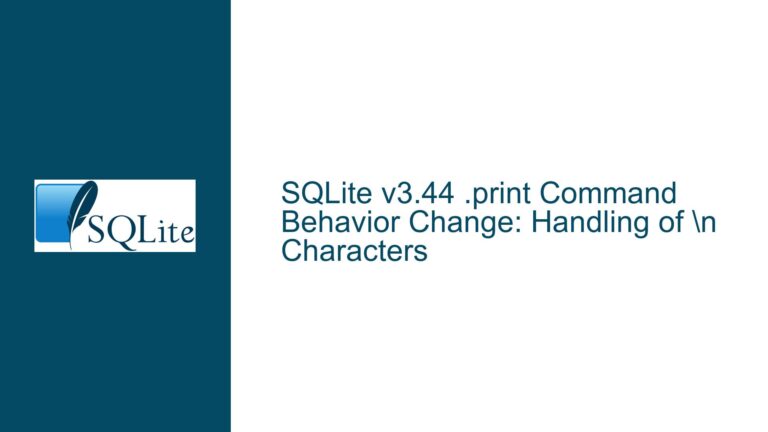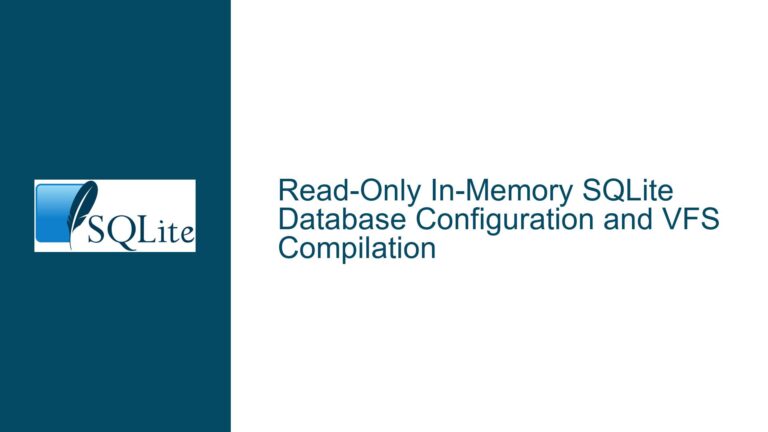Optimizing SQLite Query Performance with Large ORDER BY on High-Column Tables
High-Cardinality JOINs and Missing Indexes Leading to Slow Sorting Operations in Complex Query Issue Overview: Slow ORDER BY Performance in Multi-Table Join with Large Dataset The core challenge involves a SQLite query joining two wide tables (134-column CMD_TRADES and 118-column MCX_SECURITY_EXCH_MAP) that returns 200,000-400,000 records, experiencing 2.7x slower execution when using ORDER BY (16 seconds…









